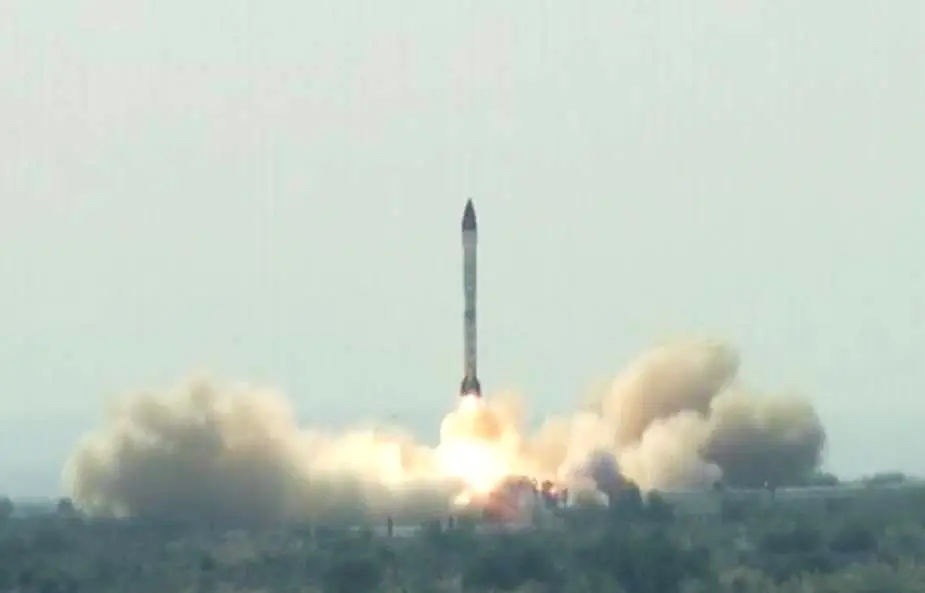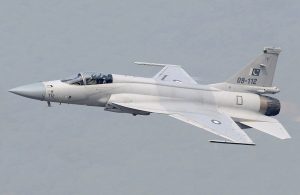On October 18, Pakistan achieved a significant milestone by successfully conducting a flight test of the Ababeel weapon system. This achievement, confirmed through an official statement by the Pakistani Inter-Services Public Relations (ISPR), marked a pivotal moment for the nation’s ballistic missile capabilities. The primary purpose of this latest test was to reaffirm various design elements, assess technical parameters, and evaluate the performance of different subsystems.
The Ababeel missile system, known as the Ababeel Weapon System, is a medium-range, surface-to-surface ballistic missile equipped with Multiple Independently Targetable Reentry Vehicles (MIRV), strategically developed by Pakistan. The essence of this missile system lies in ensuring the resilience of Pakistan’s ballistic missiles in an evolving regional Ballistic Missile Defense (BMD) landscape, primarily in response to India’s anti-ballistic missile systems.
Chairman Joint Chiefs of Staff Committee (CJCSC) General Sahir Shamshad Mirza, senior officers from the Strategic Plans Division, and Strategic Forces Command, alongside scientists and engineers from strategic organizations, witnessed the successful launch. General Mirza commended the technical prowess, dedication, and unwavering commitment of all individuals involved in this remarkable test. Notably, the Ababeel rocket system boasts a range of 140 kilometers and demonstrates precision targeting capabilities.
The Ababeel Missile stands as a pioneering accomplishment in the region, renowned as South Asia’s first MIRV-capable missile. This medium-range ballistic missile, measuring 21.5 meters in length and 1.7 meters in diameter, is designed to carry both conventional and nuclear warheads. With a maximum range of 2,200 kilometers (1,400 miles), it holds the capacity to transport a total warhead payload of 1,500 kilograms. This payload could include three standard warheads of 500 kilograms each, five warheads weighing 300 kilograms each, or a maximum of eight warheads, each with a weight of 185 kilograms.
The development of the Ababeel missile system was attributed to the Khan Research Laboratories (KRL), renowned for creating the liquid-fueled Ghauri missile system. While many believe the Ababeel to be a liquid-fueled missile, there are sources suggesting that it could be a modified version of the Shaheen-III airframe. This modification could include the incorporation of solid-fuel motors and an enlarged payload fairing to accommodate MIRV warheads. It is possible that this modification has resulted in a slight reduction in range from 2,750 kilometers to 2,200 kilometers, assuming its origin from the Shaheen-3 missile.
The first publicized test launch of the Ababeel missile system occurred on January 24, 2017. The Ababeel missile system stands as a testament to Pakistan’s commitment to enhancing its deterrence capabilities and strengthening regional stability.






